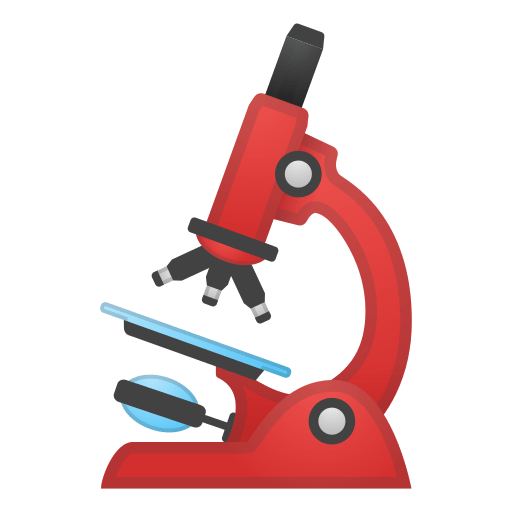radis.lbl.bands module¶
Module that contains BandFactory, a class that features vibrational band-specific
functions, in particular the eq_bands() and
non_eq_bands() methods that return all
vibrational bands in a spectrum.
All of these are eventually integrated in SpectrumFactory which inherits from BandFactory
Most methods are written in inherited class with the following inheritance scheme:
DatabankLoader > BaseFactory >
BroadenFactory > BandFactory >
SpectrumFactory

Routine Listing¶
PUBLIC METHODS
PRIVATE METHODS
_add_bands
_broaden_lines_bands
_broaden_lines_noneq_bands
_calc_broadening_bands
_calc_broadening_noneq_bands
- class BandFactory[source]¶
Bases:
BroadenFactorySee also
- eq_bands(Tgas, mole_fraction=None, path_length=None, pressure=None, levels='all', drop_lines=True)[source]¶
Return all vibrational bands as a list of spectra for a spectrum calculated under equilibrium.
By default, drop_lines is set to True so line_survey cannot be done on spectra. See drop_lines for more information
- Parameters
Tgas (float) – Gas temperature (K)
mole_fraction (float) – database species mole fraction. If None, Factory mole fraction is used.
path_length (float) – slab size (cm). If None, Factory mole fraction is used.
pressure (float) – pressure (bar). If None, the default Factory pressure is used.
- Other Parameters
levels (
'all', int, list of str) – calculate only bands that feature certain levels. If'all', all bands are returned. If N (int), return bands for the first N levels (sorted by energy). If list of str, return for all levels in the list. The remaining levels are also calculated and returned merged together in the'others'key. Default'all'drop_lines (boolean) – if False remove the line database from each bands. Helps save a lot of space, but line survey cannot be performed anymore. Default
True.
- Returns
bands (list of
Spectrumobjects)Use .get(something) to get something among [‘radiance’, ‘radiance_noslit’, – ‘absorbance’, etc…]
Or directly .plot(something) to plot it
Notes
Process:
Calculate line strenghts correcting the CDSD reference one.
Then call the main routine that sums over all lines
- get_bands_weight(showfirst=None, sortby='Ei')[source]¶
Show all bands by emission weight (fraction of total emission integral)
Replace sortby with ‘S’ or ‘int’ to get different weights
Note: this function works with .df1 (scaled lines) instead of .df0 (reference lines) as we may want the weight for different temperatures. .df1 is updated after *eq_spectrum or non_eq_spectrum is called
See also
get_bands()
- non_eq_bands(Tvib, Trot, Ttrans=None, mole_fraction=None, path_length=None, pressure=None, vib_distribution='boltzmann', rot_distribution='boltzmann', levels='all', return_lines=None)[source]¶
Calculate vibrational bands in non-equilibrium case. Calculates absorption with broadened linestrength and emission with broadened Einstein coefficient.
- Parameters
Tvib (float) – vibrational temperature [K] can be a tuple of float for the special case of more-than-diatomic molecules (e.g: CO2)
Trot (float) – rotational temperature [K]
Ttrans (float) – translational temperature [K]. If None, translational temperature is taken as rotational temperature (valid at 1 atm for times above ~ 2ns which is the RT characteristic time)
mole_fraction (float) – database species mole fraction. If None, Factory mole fraction is used.
path_length (float) – slab size (cm). If None, Factory mole fraction is used.
pressure (float) – pressure (bar). If None, the default Factory pressure is used.
- Other Parameters
levels (
'all', int, list of str) – calculate only bands that feature certain levels. If'all', all bands are returned. If N (int), return bands for the first N levels (sorted by energy). If list of str, return for all levels in the list. The remaining levels are also calculated and returned merged together in the'others'key. Default'all'return_lines (boolean) – if
Truereturns each band with its line database. Can produce big spectra! DefaultTrueDEPRECATED. Now use export_lines attribute in Factory
- Returns
Returns
SpectrumobjectUse .get(something) to get something among [‘radiance’, ‘radiance_noslit’,
’absorbance’, etc…]
Or directly .plot(something) to plot it
- add_bands(df, dbformat, lvlformat, verbose=True)[source]¶
Assign all transitions to a vibrational band:
Add ‘band’, ‘viblvl_l’ and ‘viblvl_u’ attributes for each line to allow parsing the lines by band with:
df0.groupby('band')
- Parameters
df (pandas Dataframe) – Line (transitions) database
dbformat (one of
KNOWN_DBFORMAT:'cdsd`,'hitemp') – format of Line databaselvlformat (‘cdsd`, ‘hitemp’) – format of
- Returns
input Dataframe is updated inplace
- Return type
None
Examples
Add transitions in a Dataframe based on CDSD (p, c, j, n) format:
add_bands(df, 'cdsd-4000')
Notes
Performance with test case (CDSD CO2 2380-2400 cm-1):
Initial: with .apply() 8.08 s ± 95.2 ms
with groupby(): 9s worse!!
using simple (and more readable) astype(str) statements: 523 ms ± 19.6 ms



